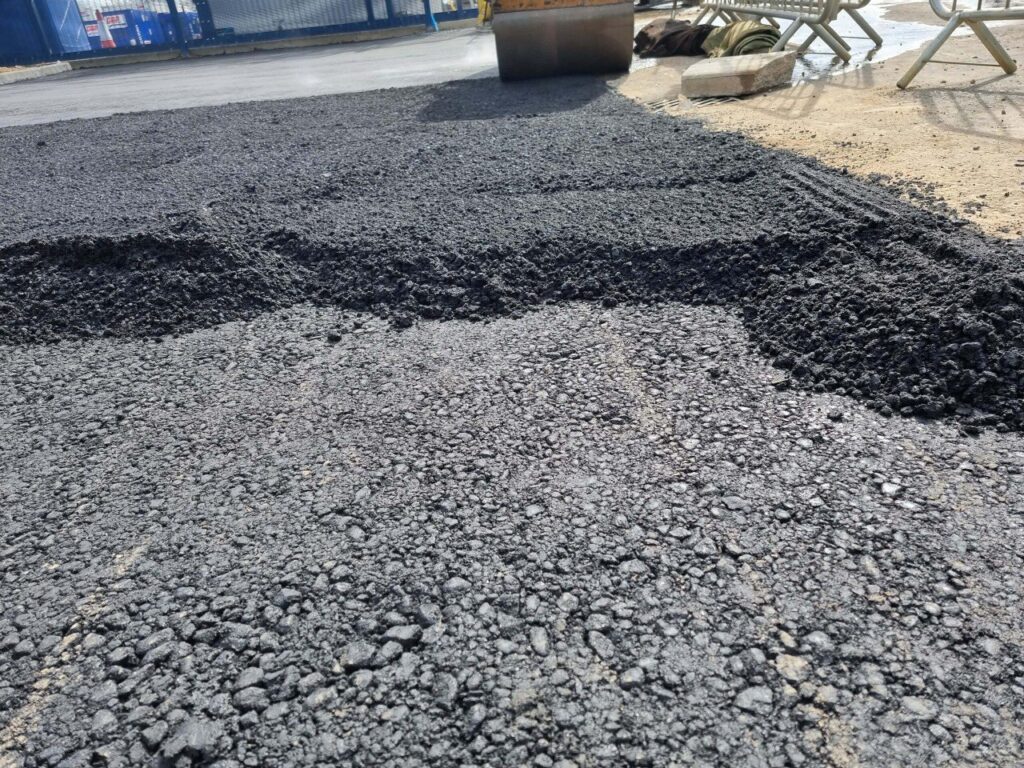Tarmac in Aviation: Runway Construction and Maintenance
Introduction: Air travel is a cornerstone of our globalised world, connecting people and goods across vast distances. At the heart of aviation infrastructure lies the runway, a critical component that ensures the safety and efficiency of air travel. Tarmac, a durable and high-performance material, plays a pivotal role in constructing and maintaining airport runways. In this blog post, we will explore the significance of tarmac in aviation and the intricacies of runway construction and maintenance.
The Importance of Quality Runways
A runway is more than just a long stretch of tarmac for planes to take off and land; it is a complex engineering feat that requires precision and durability. Here’s why quality runways are essential:
Safety: Runways must provide a smooth and stable surface to ensure safe landings and takeoffs. Any imperfections can lead to accidents.
Weight Bearing Capacity: Aircraft vary in size and weight. Runways must be designed to accommodate the heaviest planes while preventing pavement stress.
Durability: Runways undergo constant wear and tear due to the weight and speed of the aircraft. They must be durable to withstand these forces.
Tarmac in Runway Construction
Tarmac, known as asphalt or bituminous concrete, is the material of choice for many airport runways. Here’s why tarmac is well-suited for this purpose:
Smoothness: Tarmac provides a smooth surface that reduces rolling resistance, allowing planes to use less fuel during takeoff and landing.
Skid Resistance: The texture of the tarmac provides adequate skid resistance, which is crucial for both landing and takeoff.
Noise Reduction: Tarmac surfaces absorb and dissipate noise, reducing the impact of aircraft noise on surrounding communities.
Cost-Effective: Tarmac is a cost-effective choice for runway construction, offering durability without breaking the budget.
Runway Construction Process
The construction of airport runways is a multi-step process that includes:
Site Preparation: Proper grading and compaction of the subgrade to ensure stability.
Pavement Layers: Building the pavement layers, including the subbase, base, and tarmac surface.
Surface Drainage: Implementing drainage systems to prevent water accumulation on the runway.
Markings and Signage: Applying runway markings, lighting, and signage for safe aircraft navigation.
Runway Maintenance
Maintenance is an ongoing process to ensure the longevity and safety of runways:
Regular Inspections: Frequent inspections identify issues like cracks, potholes, and wear.
Repairs: Prompt repairs address any damage to maintain the integrity of the runway.
Resurfacing: Periodic resurfacing with fresh tarmac enhances the runway’s performance.
Conclusion: Tarmac is vital in aviation, contributing to safe and efficient air travel. Airport runways constructed with high-quality tarmac provide a critical foundation for aircraft operations. At Faversham Driveways, we understand the precision and expertise required for runway construction and maintenance. Our commitment to excellence ensures that airport runways meet the highest safety, durability, and performance standards, facilitating the continued growth and success of the aviation industry.
Call us on: 01795 718 992
Click here to find out more about Faversham Driveways
Click here to complete our contact form and see how we can help with your driveway needs.

